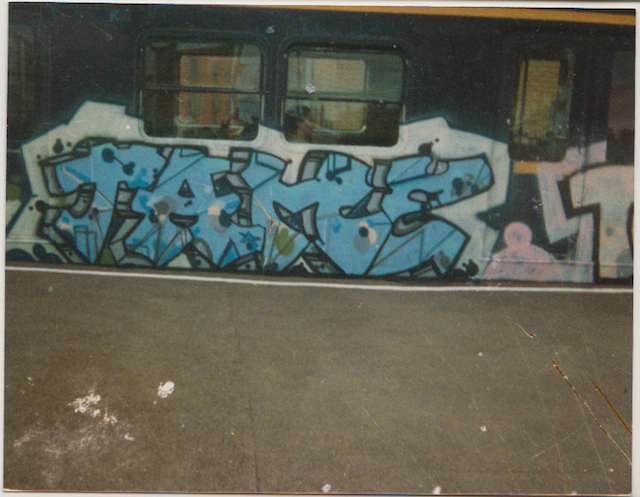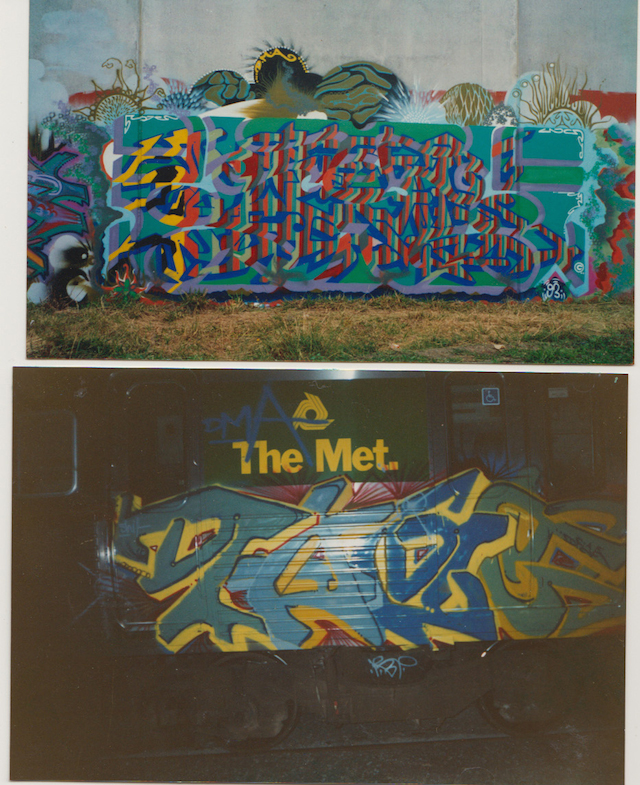
The Archibald Prize is generally considered to be the most prestigious art competition in Australia. With a first place prize of $75,000 AUD ($70,500 USD) it’s not the most valuable Australian Art prize, but it garners the most attention in the mainstream press and broader community. The competition is for figurative portraiture of a distinguished person ‘in arts, letters, science or politics’ and is judged by the board of trustees at the Art Gallery of NSW. It’s generally conservative and non-progressive- portraits must be painted from life and finalists are typically limited to a narrow set of Australian icons: celebrities, former politicians, sports stars and patrons of the fine arts.
This year Tame from DMA, entered a tag as a self-portrait.

Each city has its own graffiti heroes. DMA are a seminal graf crew from late 80s Melbourne. Tame is typically identified as the person most directly responsible for innovating the oldschool Melbourne handstyle, although when I put this to him, he cited Prime and Dskiz of Ultra Subway Art (USA, Future 4) as the major influences. That’s Tame- like a lot of older writers he’s non-assuming, reflective and a very gentle soul.
I encouraged Tame to enter and I love this painting for a number of reasons.
Of all portraits in the competition, Tame’s took the least time to create (under 3 seconds) but it also took the most time to create, as he perpetually refined it over 3 decades. Think about the muscle memory in the hand that paints a tag, over and over again, for 30 years.
The entry questions the nature of graffiti: can the tag be regarded as a self-portrait? For four centuries, graphologists have claimed to infer a person’s character by studying their handwriting. The tag might be about damage and destroying the system, but can it also be an expression of identity?

Picasso once allegedly quipped that patrons didn’t purchase his paintings, they purchased his signature. Ignoring the stylism of Tame’s tag or the conceptual merit of presenting a tag as a self-portrait, the entry’s meaningful as a cultural artefact from Melbourne’s graffiti history. Whether or not the board of trustees have the cultural literacy to recognize this value is almost irrelevant.
Think about Tame next to his professional contemporaries in the Archibald. How many of them would paint for 3 decades without the prospect of ever selling a painting and with the risks writers face to complete their art? All these portraits are just inanimate objects; colours arranged on a functionless canvas. The painters and their reasons for painting are the real expression of humanity.
Finalists are announced on July 10th.

Photos by CDH and Tame
